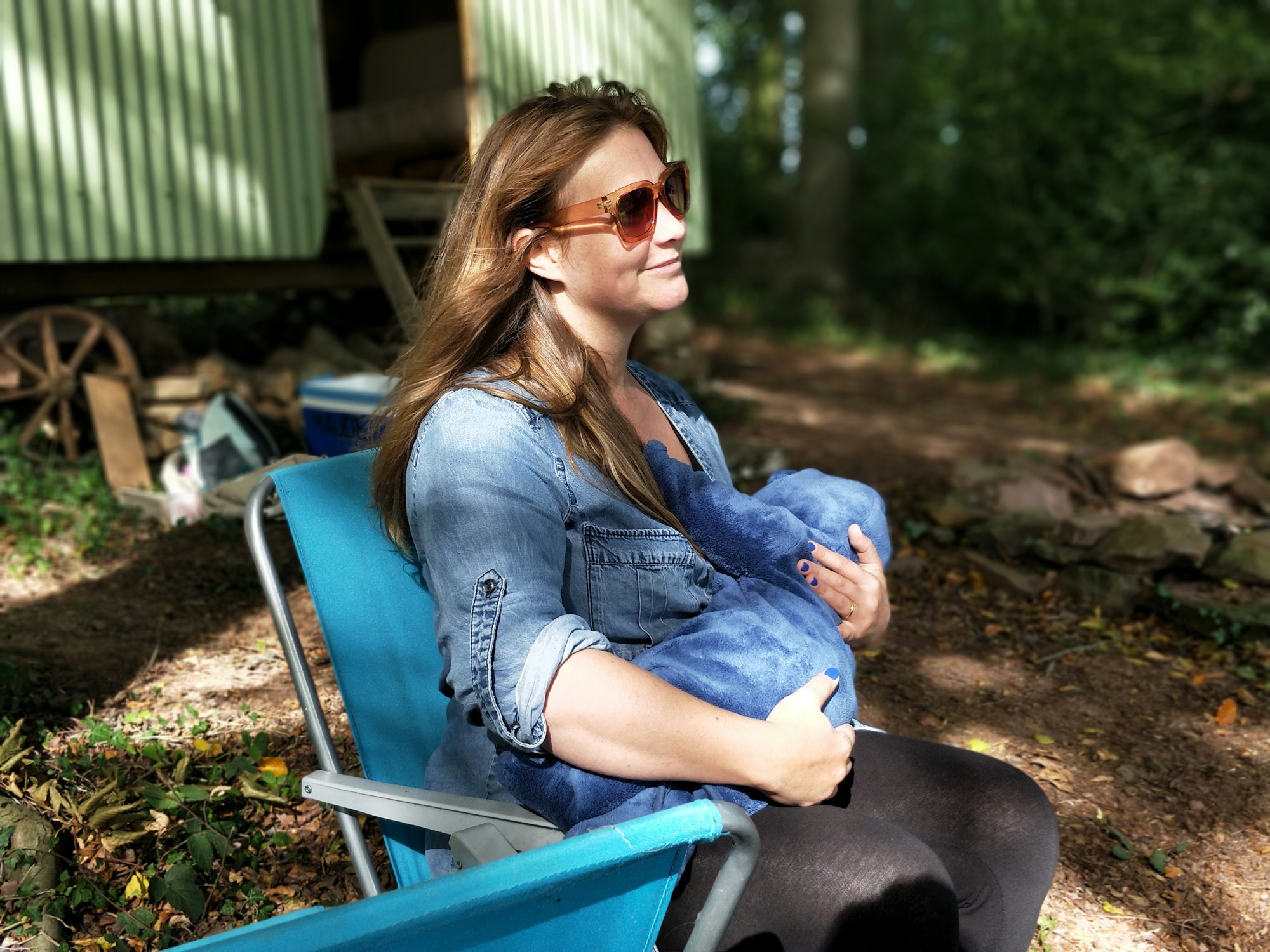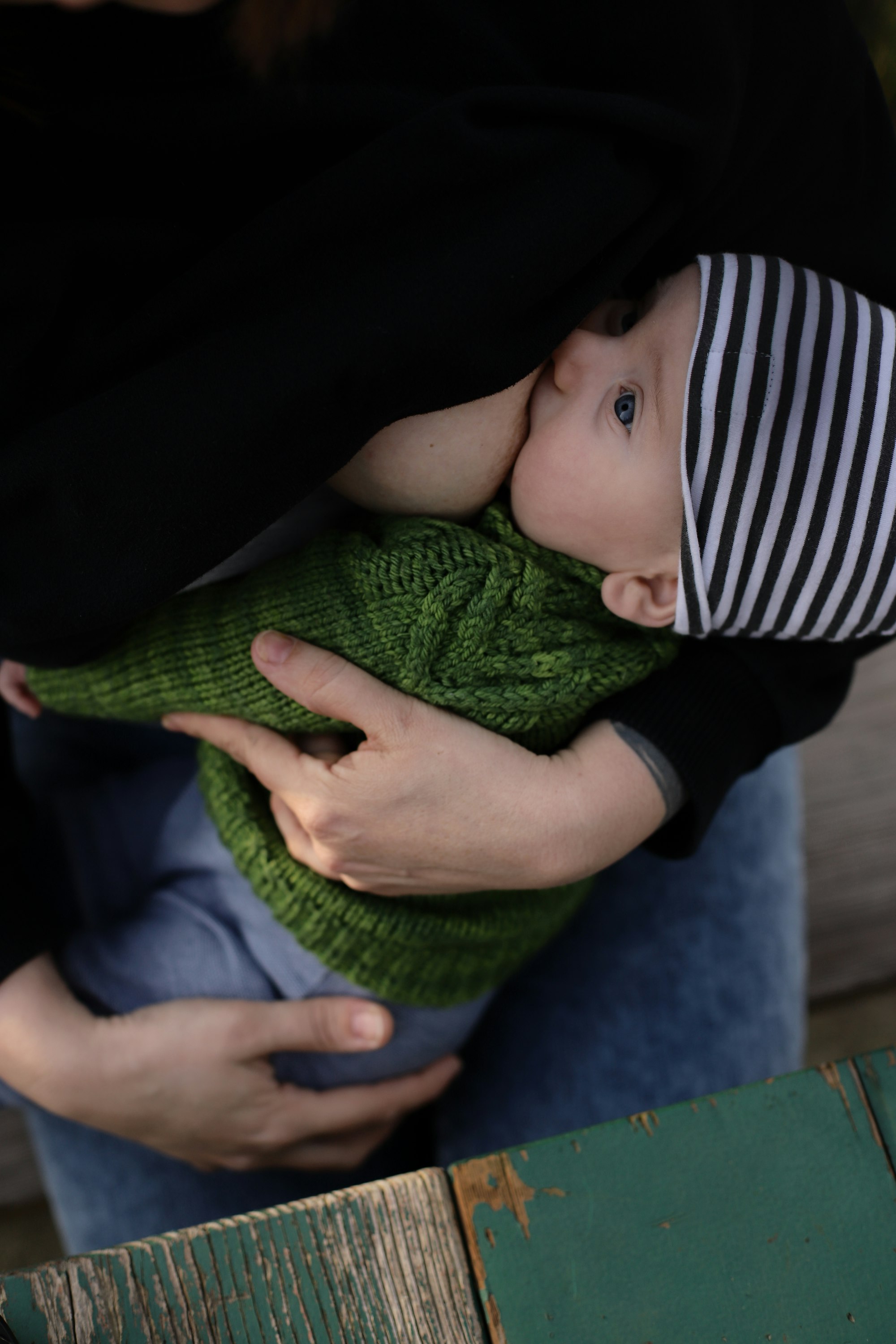Why Is Comfort Nursing So Very Important?
Non-nutritive suckling, also known as comfort sucking, is as vital to any baby as the nutrients received from breast milk. Comfort breastfeeding only becomes a problem when the mother starts to feel overwhelmed.

Comfort Nursing
Comfort nursing is something not all mothers choose to do, primarily because of the misconceptions there are around it. We want to show you the positive side of nursing for comfort.
You might often hear people discouraging you from allowing your baby to use you as a pacifier or dummy and telling you that it creates bad habits.
Pacifiers (dummies) are only a recent invention. For thousands of years, babies were breastfed by their mothers or a wet nurse. Formulas, bottles, and pacifiers - they didn't exist. And surprise, surprise, after what were they modeled? The breasts and breast milk.
We have been led to believe we can spoil our children by holding them too much, including breastfeeding them for comfort. We think they'll become more demanding as they grow up, yet research shows the opposite is true. Babies whose touch needs are met and given love and attention when needed turn out to be more social. That is because they learned to trust.

Nothing comforts a baby like the feel of their mother's skin, the smell of her, the sound of her voice and heartbeat... All these things are what comfort nursing automatically provides.
Breastfeeding provides comfort, contentment, and relaxation to babies. Breastfeeding can also calm and reassure them.
Non-nutritive suckling, also known as comfort sucking, is as vital to any baby as the nutrients received from breast milk. Comfort breastfeeding only becomes a problem when the mother starts to feel overwhelmed.
A mother needs to remember that increased time at the breast is not always a sign of comfort sucking or low milk supply; it may also indicate a growth spurt. Therefore, her baby will be hungry more often.
Lots of skin-to-skin contact and kangaroo mother care is recommended.
Non-Nutritive Sucking Benefits
- The baby learns to trust and interact.
- It improves parental attachment and bonding.
- As mentioned above, it is comforting and reassuring.
- It decreases a baby's heart rate, which helps them relax and sleep.
- It improves mouth and jaw development. Breastfed babies generally have stronger jaw muscles and rarely need orthodontic procedures and treatments or braces later in life. Crooked, overcrowded teeth are much more common in bottle-fed children but not in breastfed children. Babies must suck on a bottle teat to get the milk out, whereas breastfeeding requires more of a massage motion, not sucking. (Explanation: The movement used for bottle feeding can also be described as a piston-like movement. Breastfed babies use a series of compressions, rhythmically moving their tongues from front to back to massage the milk out of the breast. Two entirely different movements used!)
- Because of the stronger muscles in a breastfed baby's jaw, they can speak more clearly.
- Your nipple and breast form according to the shape of the baby's mouth. But when bottle feeding or using pacifiers/dummies all the time, the baby's mouth will form to accommodate the shape of the teat; this can change the entire shape of the child's face!
- Breastfeeding also doesn't allow the milk to pool in the baby's mouth as bottle feeding does; this is the biggest reason for tooth decay and cavities in children. Breast milk prevents tooth decay.
- Babies who are breastfed also can't be overfed. Breast milk is absorbed and used optimally by a baby's digestive system. And when they only suck for comfort, they don't necessarily consume much milk. Hence the term non-nutritive sucking. Your body knows how much (or how little!) to give your baby.
- Breast milk is not stored in a baby's body the same way that formula is. Once the baby starts crawling and then walking, they work off the "fat cells" much easier than when formula-fed. Formula fat cells are harder to lose, which is one reason why the experts warn parents about the higher risk of obesity due to formula feeding.
- Sometimes a mother might feel a little guilty for breastfeeding her child to sleep, fearing that she is allowing a bad habit to form. Why not use breastfeeding to get your baby to sleep? It comes in very useful!
The benefits of providing skin-to-skin comfort far outweigh all the concerns many mothers have about comfort nursing. Breastfeeding is so much more than just a way of providing nutrition!

Breastfeeding Class for Moms
Many mothers worry about breastfeeding not working for them, the pain and struggles associated with latching, and concerns about milk supply. The course tackles these fears head-on.
The course offers 13 easy-to-watch lessons, providing a step-by-step guide to breastfeeding.
Will Comfort Nursing Increase Supply?
Comfort nursing, or nursing for non-nutritive reasons, can sometimes increase milk supply. This is because nursing releases the hormone oxytocin, which helps the milk ejection reflex and can increase milk production. However, it is important to note that milk production is primarily determined by the frequency and effectiveness of milk removal. If you are concerned about your milk supply, it may be helpful to try to nurse as frequently as possible and to ensure that your baby is properly latched onto the breast. It may also be helpful to speak with a lactation consultant for personalized advice. Alternatively, opt for a Milkology breastfeeding course and equip yourself with the comprehensive knowledge necessary for a successful breastfeeding experience.

Feeling Overwhelmed?
How to Limit Nursing for Comfort if the Mother Feels Overwhelmed.
- Carry your baby in a sling; this will ensure your baby might not need to seek as much comfort from the breasts as before.
- Recognize the signs of sleeping at the breast, such as flutter sucking, facial grimaces, and twitching muscles. This will ensure you don’t get stuck comfort nursing while your baby sleeps. (assuming you don't want to comfort feed)
Using a Dummy
Using a Dummy as a Soother, Instead of Breastfeeding for Comfort
- Avoid using a soother for the first six weeks; using it can sometimes result in a baby drinking less at the breast, which could cause a low milk supply. Using a dummy after this period is okay if the constant comfort nursing becomes a little too much for you. (Remember, weaning from a pacifier may be difficult for some children)
- Only use a dummy if your milk supply is fully established.

The Tushbaby Hip Carrier
With its ergonomic design and comfortable waistband, Tushbaby provides optimal support for you and your baby. Say goodbye to shoulder and back pain from traditional carriers, as Tushbaby evenly distributes your baby's weight, relieving strain and promoting better posture.
Baby is Not Drinking Enough!
What if Your Baby Is Sleeping While Breastfeeding and Is Not Drinking Enough?
- Try “switch nursing": When your baby starts to fall asleep, you can switch them to the other breast; this will usually wake a baby enough to stimulate a letdown on that breast.
- Try breast compression: This will keep your milk flowing and your baby drinking.
- Try tickling your baby’s feet and putting a cold facecloth on his/her feet.
More information about keeping a sleepy baby awake while breastfeeding.
